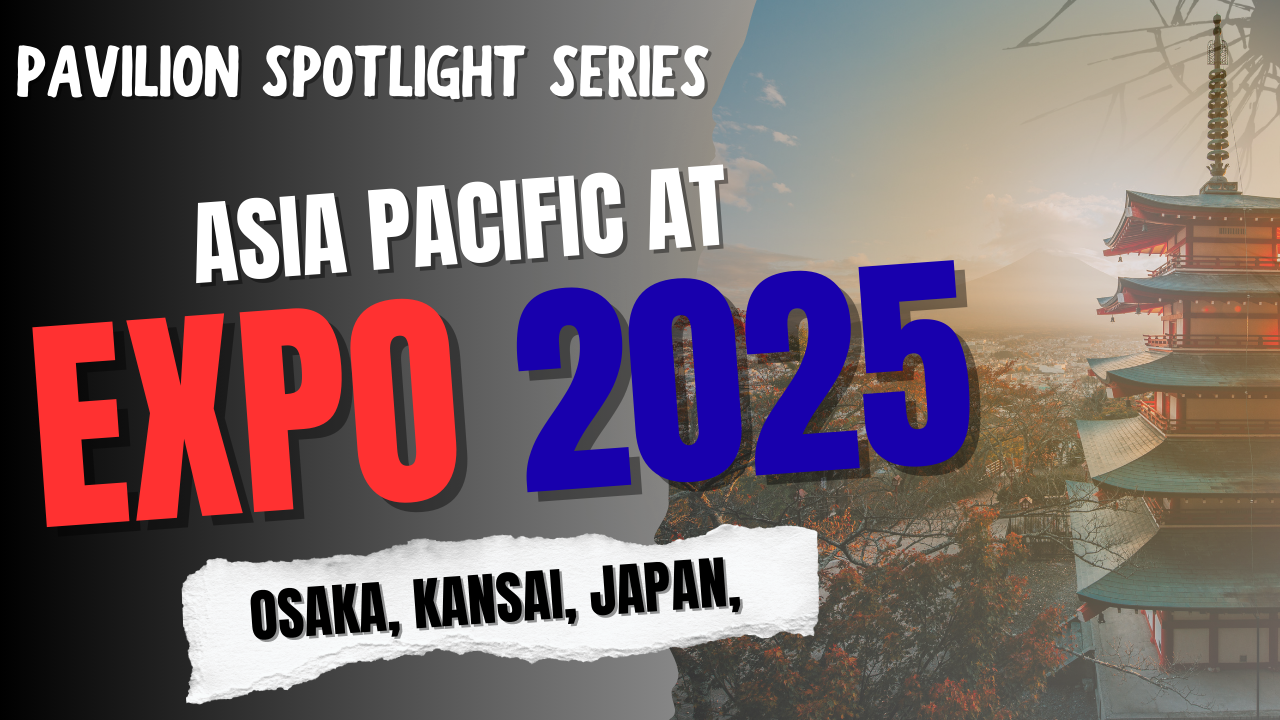Asia Pacific is the beating heart of Expo 2025 Osaka. Stretching from island nations in the Pacific to vast continental powers, the region’s pavilions embody contrast and complement: ancestral wisdom woven into futuristic innovation. Together, they reveal how this dynamic region is redefining humanity’s relationship with technology, climate, and community.
Australia: Songlines and Sustainability

The Australian Pavilion sings with Indigenous voices. Its design draws inspiration from songlines — ancient knowledge systems that map land through story and song. Inside, interactive installations showcase biodiversity conservation, renewable energy projects, and cutting-edge research on oceans and climate. It is both deeply ancient and fiercely futuristic.
Bangladesh: Climate Resilience as Global Leadership
Few countries symbolize climate vulnerability more than Bangladesh, but its pavilion turns fragility into leadership. Exhibits focus on flood adaptation, mangrove restoration, and community-driven sustainability, positioning Bangladesh as a model for how the world must live with water in the 21st century.
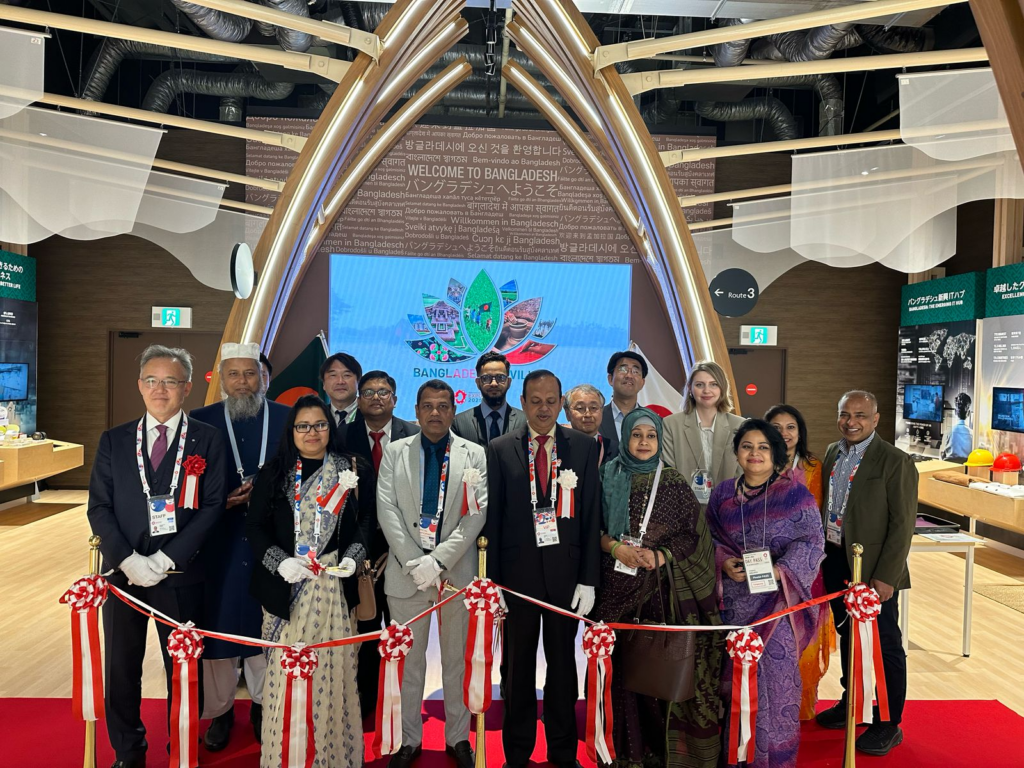
China: Mega Futures, Human Scales

China’s contribution is as vast as its ambition. Expect a showcase of smart cities, AI, and renewable energy, but framed through the lens of “shared destiny.” Immersive digital walls carry visitors into urban megascapes of tomorrow, while sections highlight cultural continuity through traditional crafts and cuisine. It’s a pavilion of scale, designed to impress, but also to connect.
India: From Ajanta to AI
India’s Pavilion is a journey across millennia. Visitors step through galleries celebrating Ajanta cave paintings and spiritual traditions, only to emerge into worlds of AI, space exploration, and digital innovation. The juxtaposition makes a powerful point: India’s future is not a departure from its past, but its natural extension.
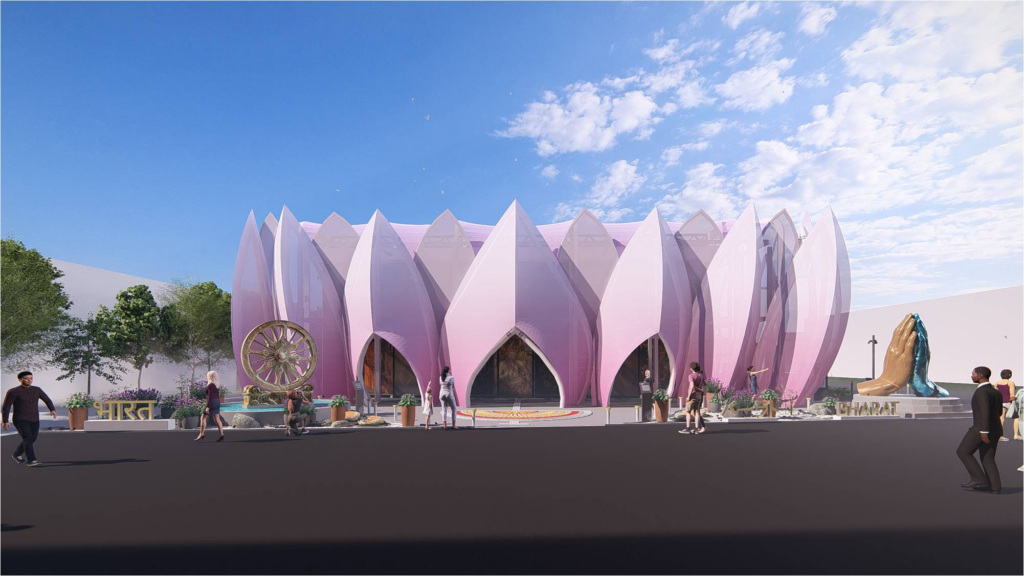
Indonesia, Malaysia, Philippines, Thailand, Vietnam: A Southeast Asian Kaleidoscope
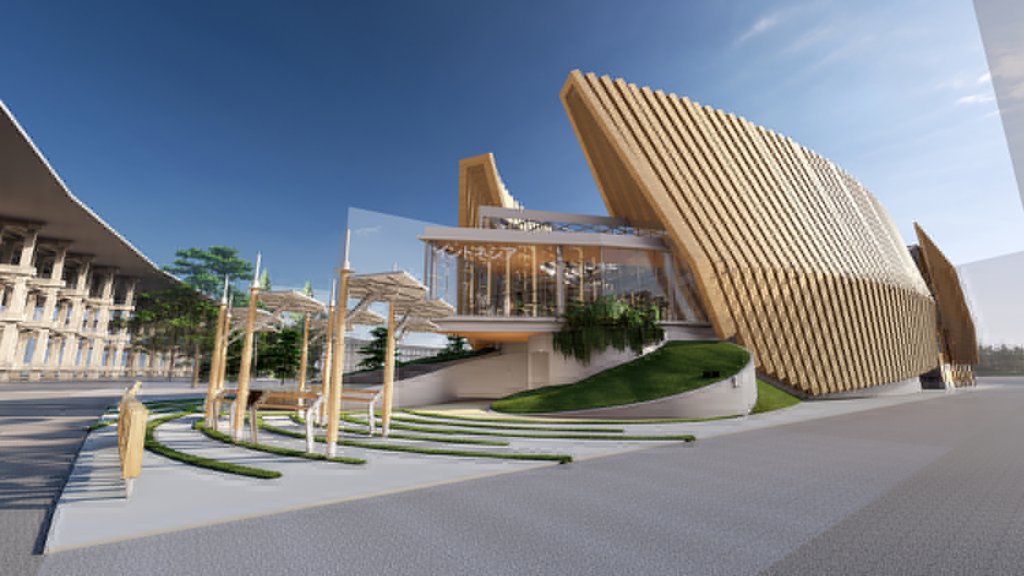
Indonesia emphasizes its role as a maritime nation, with pavilions themed around islands, oceans, and unity in diversity.
Malaysia blends rainforest ecology with futuristic green architecture.

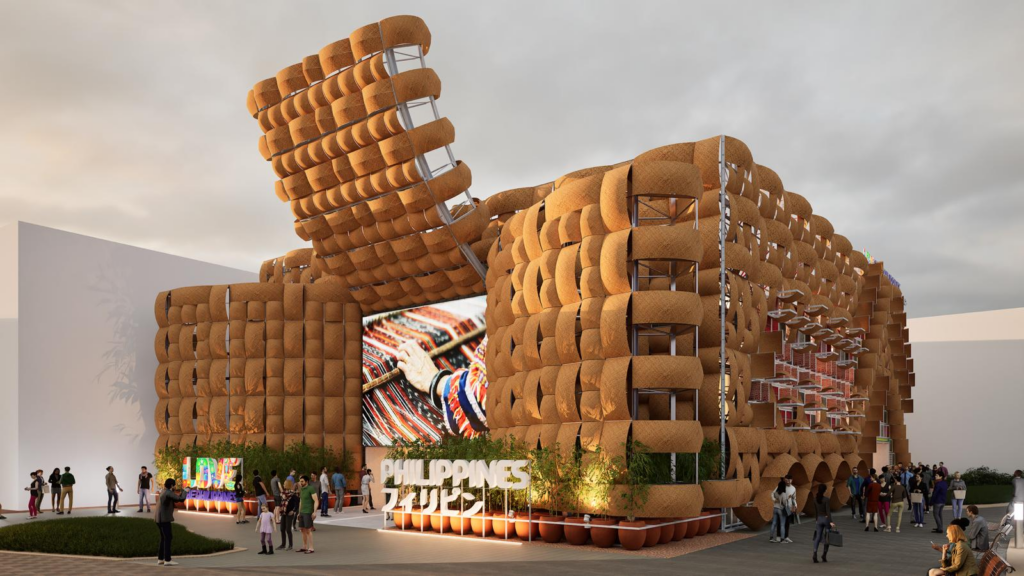
Philippines envelops visitors in a woven façade crafted by over 200 indigenous artisans, inside offering immersive, multisensory storytelling.
Thailand celebrates wellness, food culture, and spiritual balance, positioning itself as a hub for sustainable tourism and health innovation.
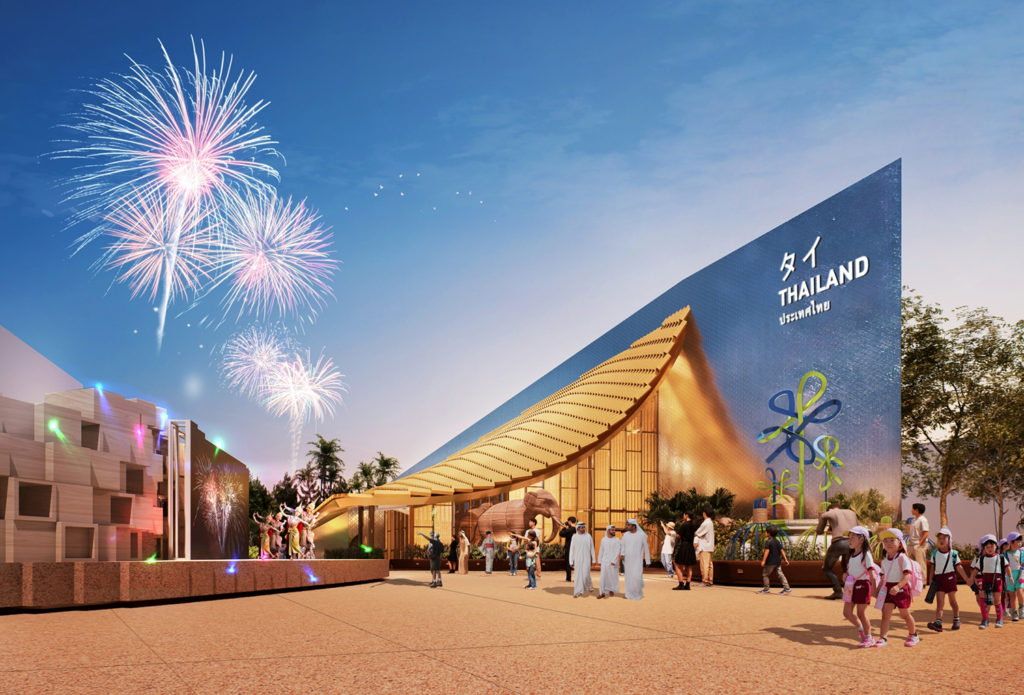
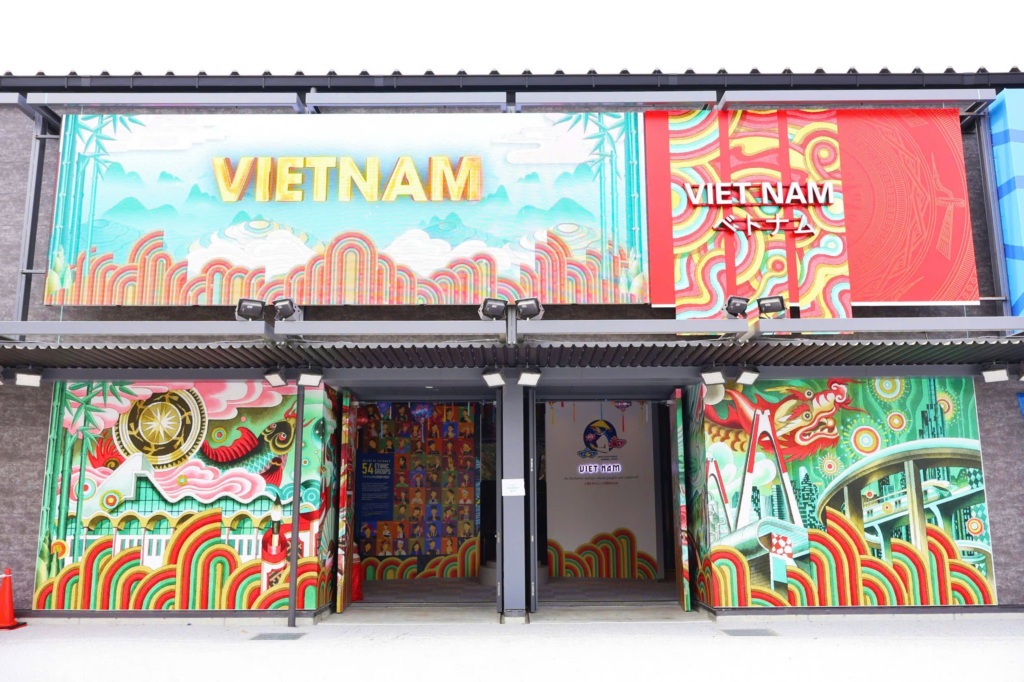
Vietnam blends heritage and youthful energy, presenting a pavilion rich in craft, agriculture, and digital transformation.
Korea: Pop Meets Progress
South Korea’s Pavilion is kinetic — a fusion of K-culture, robotics, biotech, and digital art. Expect interactive K-pop holograms alongside explorations of healthcare innovation, reminding the world that culture and technology are Korea’s dual engines of influence.

Singapore: City in a Garden, Future in a Lab

Singapore’s Pavilion continues its signature theme: the city as a garden. Vertical greenery, sustainable urban design, and biotech labs form the backbone of the experience. It offers a glimpse of what urban living could look like when ecology and economy merge seamlessly.
United Arab Emirates: Carrying the Dubai Legacy
Having set a high bar at Expo 2020 Dubai, the UAE arrives in Osaka with confidence. Its pavilion connects Bedouin heritage with its ongoing transformation into a global hub of space exploration, AI, and clean energy.

Uzbekistan & Turkmenistan: The Silk Road Reborn
Central Asia’s voices focus on heritage as connection:
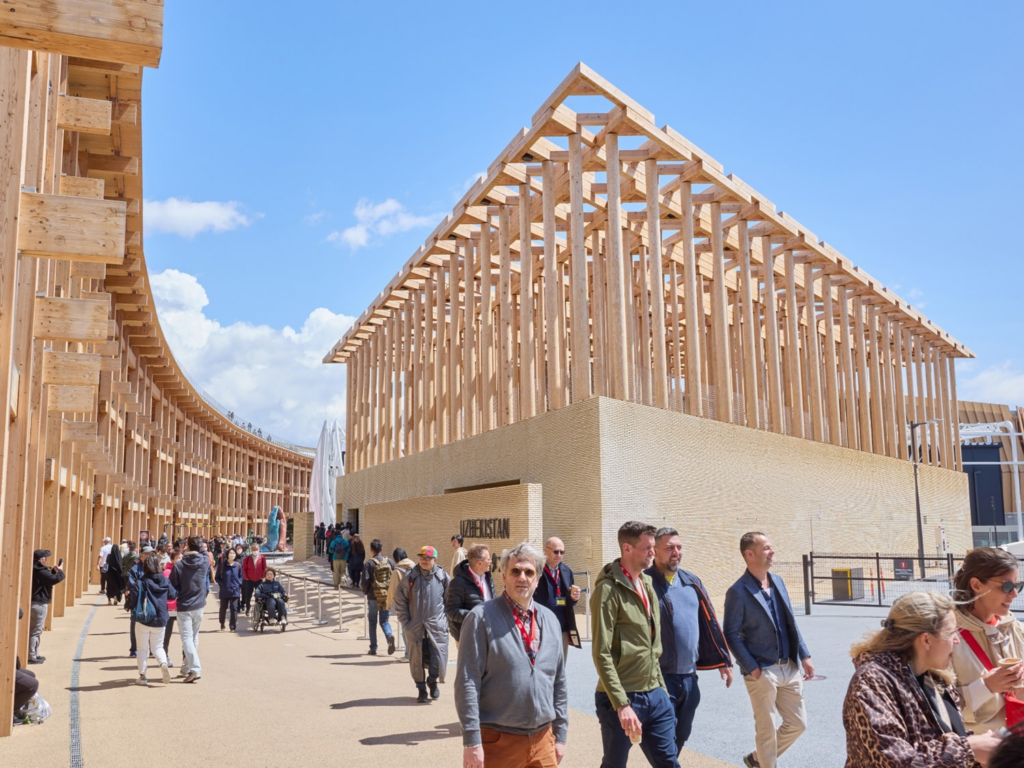
Uzbekistan’s pavilion explores architecture, textiles, and modern entrepreneurship, highlighting its role as a Silk Road crossroad.
Turkmenistan balances desert identity with exhibits on gas energy and agricultural innovation.
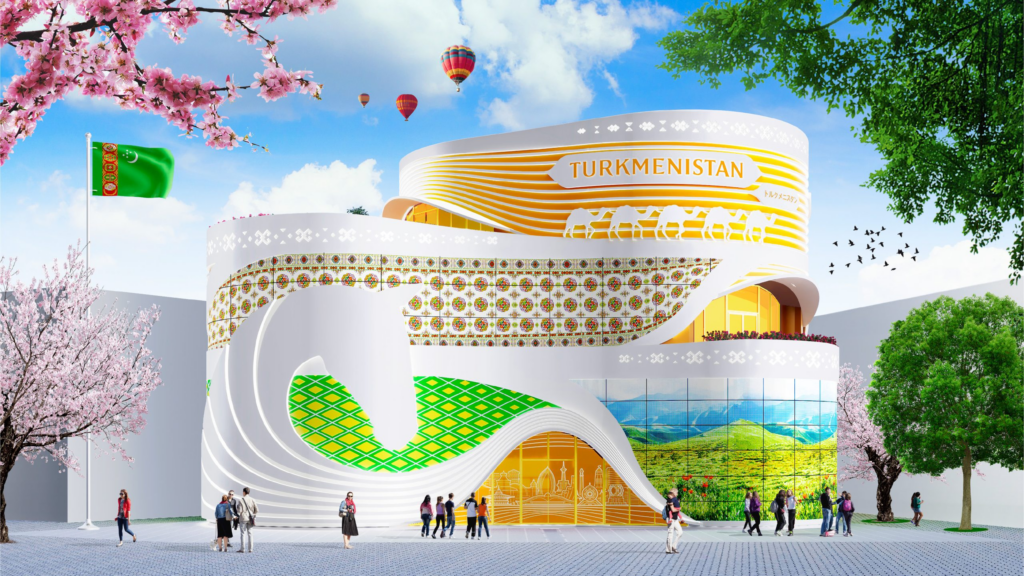
Shared Themes Across Asia Pacific
- Climate Leadership: From Bangladesh’s mangroves to Australia’s reefs, climate solutions define the region.
- Tech as Culture: China, India, Korea, and Singapore showcase technology not as sterile tools but as cultural artifacts.
- Heritage as Fuel for Innovation: From Ajanta caves to songlines, tradition isn’t static — it powers tomorrow’s imagination.
Why Asia Pacific Matters at Osaka
Asia Pacific’s pavilions embody contrast and complementarity: ancient wisdom and futuristic ambition, small island voices and continental powerhouses. At Expo 2025, the region shows the world that the future isn’t built in labs alone — it is rooted in history, community, and place.


